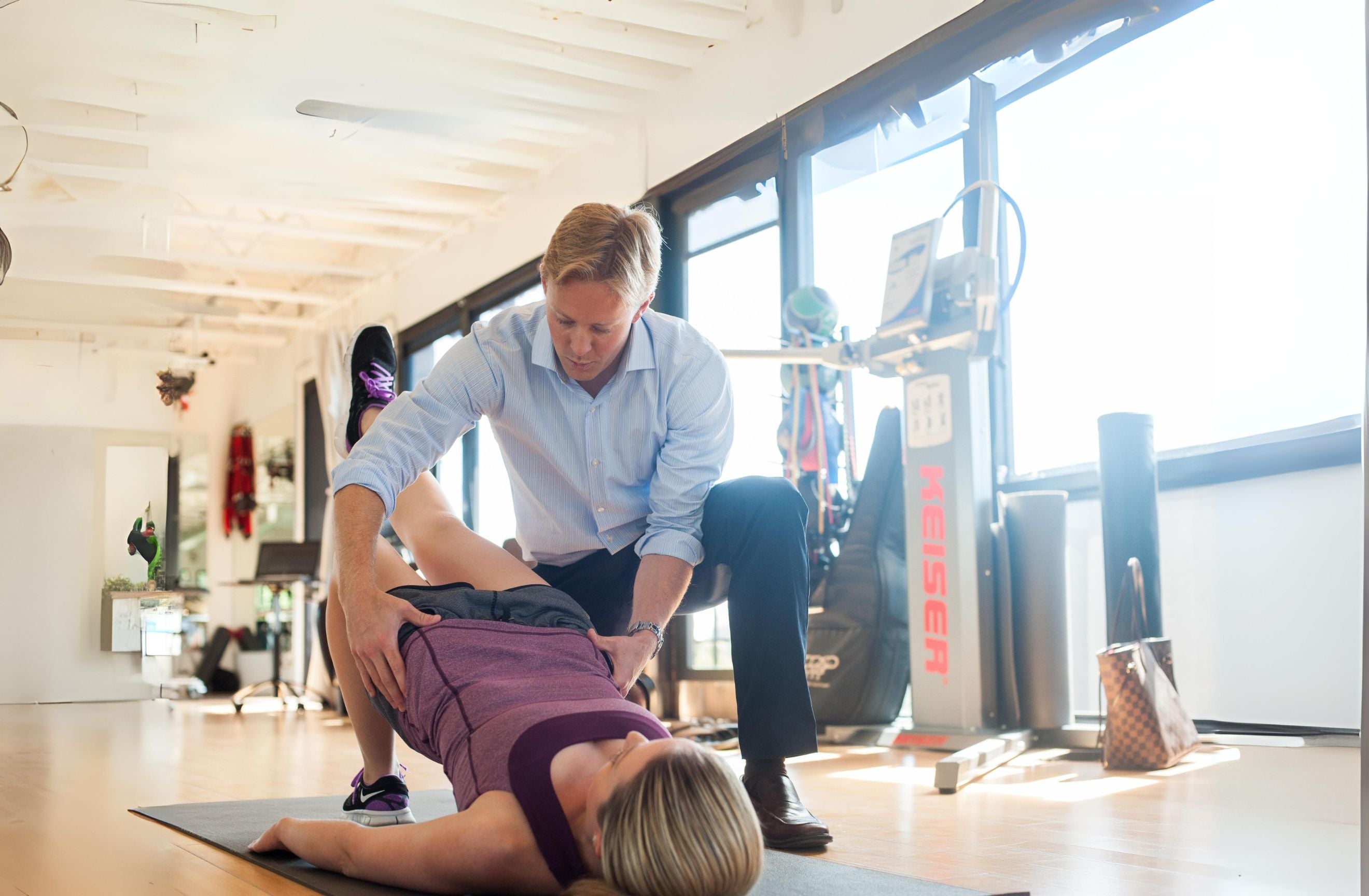
TOM WALTERS
Recovery isn’t a perfect linear process; setbacks and flare-ups are common. Having this expectation helps individuals navigate their pain management more effectively.

Dr. Tom Walters is a board-certified orthopaedic physical therapist and author of the book Rehab Science; How to Overcome Pain and Heal from Injury. He specialises in the treatment of pain and movement disorders. He is the founder of Rehab Science and dedicates his time to teaching people about human movement, pain, and how to most effectively recover from injury.
What led you to do what you do today?
I’ve always been fascinated by movement. I started young in martial arts and gymnastics around age 12 and got into exercise science without realising it was a field. I read magazines on how exercise changes the body, and that interest carried through high school.
At 16, I had knee surgery for a bipartite patella—when the kneecap is in two pieces, a condition some people are born with, though it's not very common. This led to muscle atrophy. Physical therapy helped me recover, and that’s when I realised exercise could heal the body. I studied exercise science at university and became a physical therapist. I’ve been in orthopaedic physical therapy for 17 years, treating common conditions like back pain and tennis elbow.
There's a lot of pseudoscience on Instagram. How can people ensure the information they're learning is trustworthy?
It’s tough because while there's great info, a lot can be harmful. Some practitioners spread nocebic messages to sell their services. To find credible sources, check if they have qualifications like being a chiropractor or PT. Be wary of big claims about instant fixes, especially for pain. If it sounds too good to be true, it likely is. Look for content backed by research and avoid anyone promising one-size-fits-all solutions.
You worked with Cirque du Soleil. What did you learn from that experience?
The most fascinating part was working with performers from all over the world, each bringing their unique cultural perspectives on pain and rehabilitation. I noticed significant differences in how these performers approached their physical challenges: some viewed pain as a weakness and resisted treatment, while others from a more Western mindset were more open to coming in for physiotherapy.

What’s your take on working through pain?
In physical therapy, we always say it depends, but generally, if you experience mild discomfort without worsening pain the next day, that’s likely a good level of stress. If you’re around a three or four out of ten in discomfort, it can promote positive adaptation. It’s a lot of trial and error—finding the right dosage of movement is crucial. Pain is subjective, making it difficult for people to rate it accurately on a numerical scale. I've found focusing on mild discomfort works well. If you're worse the next day, you likely did too much. It's important to understand that recovery isn’t a perfect linear process; setbacks and flare-ups are common. Having this expectation helps individuals navigate their pain management more effectively.
How does stress affect pain?
Stress is a significant factor in pain, affecting sleep, which is crucial for healing. When we're stressed, we often make poor dietary choices, gravitating towards pro-inflammatory foods, particularly sugary options.
In physical therapy, I often see patients who are very stressed about their pain, making them hyper-vigilant. They might track their symptoms meticulously. Pain is essentially our nervous system detecting threat; if it feels threatened, it can produce pain more easily. Reducing that perceived threat is essential, and stress management techniques like deep breathing or meditation can sometimes be more influential than any exercise I might prescribe.
How is chronic pain different from mechanical or neuropathic pain?
Chronic pain is particularly relevant because it's defined as pain lasting three to six months or longer. While mechanical pain can also persist for that duration, we often help people distinguish between mechanical pain and chronic pain. Factors like stress, anxiety, and poor sleep can predispose someone to developing chronic pain.
For instance, someone may experience an injury and have acute pain, but while some heal, others develop chronic pain. The latter group often has unmanaged stress, poor sleep, or pro-inflammatory diets, which can lead to pain that spreads and doesn’t correlate with their activities.
For example, bending down to pick up a sock might trigger debilitating back pain that lasts for weeks, which doesn’t match the action. In contrast, a person with mechanical pain may feel immediate discomfort that subsides after a short period.

In your book, you mention that incorrect diagnoses can lead to pain catastrophising. Can you explain how this can happen?
Some of the best examples relate to the spine. Often, this begins with imaging like MRIs or X-rays. Patients may receive a diagnosis based on age-related changes, like a disc bulge or degenerative disc, which often aren’t related to their pain. In fact, we know that about half the population with no pain has disc herniations and bulges. The issue arises when a doctor informs a patient that these findings are the source of their pain, leading to a nocebo effect—where harmful messages increase worry and anxiety, ultimately worsening pain.
For those without a background in pain, it’s essential to take this information with a grain of salt and seek multiple opinions. Many things that appear alarming on an MRI or X-ray are merely normal changes, much like wrinkles on your face.
How mental health issues like depression and anxiety contribute to the development of chronic pain? Have you seen this in your practice?
Yes, I’ve definitely seen it in practice. I often get a sense from patients. Some show a flat affect, where their pain seems connected to depressive feelings. In fact, depression plays a larger role in developing chronic back pain than many physical factors like tight hamstrings or a weak core. The psychological stress really amplifies their pain experience. Research indicates that individuals report worse pain at work, particularly when their boss is around, compared to when they are at home, even if they’re in the same sitting position. This connection is critical because pain can be scary, especially when it’s internal and not visible like a cut on the arm, making it harder for people to understand and manage.

Can you explain the current understanding of using ice versus heat for injuries?
There's been a shift in perspective regarding ice and heat. Recent research shows that while both can help reduce pain, icing soft tissue injuries may actually delay healing. Ice can slow down the immune response, particularly the action of macrophages—specialised cells that clean up injured tissue and facilitate healing. So, it's now recommended to avoid ice during the acute phase of an injury.
However, if someone has general pain without a recent injury, ice can still be beneficial. The outdated RICE method (Rest, Ice, Compression, Elevation) has evolved into the ‘Peace and Love’ approach. This new method emphasises protection, elevation, active mobility, and vascularisation, which promotes blood flow. Movement encourages blood flow to the injured area, generating heat, which aids in the healing process. Instead of immobilising patients, we encourage gentle movement as long as it doesn't cause pain, to prevent atrophy and joint contractures.
How long does it take to heal, and what are the phases of healing?
The healing process generally follows three phases, although the timeframes can vary based on the injury's severity, mainly drawn from research on skin injuries.
- Inflammatory Phase: This initial phase typically lasts about two to three days, but it may extend longer for severe injuries, such as a grade three muscle tear. Allowing inflammation to occur is crucial for healing.
- Maturation Phase: Following inflammation, the maturation phase usually lasts around three weeks. During this time, the body begins rebuilding the tissue matrix.
- Remodelling Phase: This final phase can extend for several months or even years, particularly for ligaments, which may show signs of remodelling for an extended period. Studies have shown the time it takes for various tissues to heal, including experiments involving ACL injuries in monkeys.
For example, a grade one ankle sprain, which involves minimal tearing and swelling, might heal within a few weeks, allowing a return to sports. In contrast, a grade three tear, where ligaments are fully torn, could take eight months to a year for full recovery.
Are there common mistakes people make when returning to training after an injury?
Yes, there are numerous errors. I think probably what happens depends a little bit on what you're doing and where people live. You know, where I live now in California, most of the problem is that people try to go back too fast. They haven't given their bodies enough time to adapt and heal, so they jump back into their activities, which can lead to more severe injuries or flare-ups of existing issues. Conversely, in some areas, individuals may not move enough, which hampers their recovery due to a sedentary lifestyle.
The key to effective healing lies in finding the right balance of movement. There is a ‘sweet spot’ where appropriate doses of stress on the body can enhance resilience and facilitate healing. The most significant mistake I observe is that people either fail to apply enough stress to their system or apply far too much.

What is the difference between injury prevention versus rehabilitation?
Actually, the approaches to prevention and rehabilitation for rotator cuff injuries are really similar, and it's important for people to understand that. Many exercises we use at the end of rehabilitation are also effective for prehab and injury prevention. Rehabilitation programs typically follow various phases. Initially, the focus is on desensitising the system and alleviating pain. After that, you work on restoring and correcting impairments, such as range of motion or neuromuscular control issues. Every rehabilitation or physical therapy programme should culminate in resistance training, often referred to as strength training. This involves using your body or external objects like weights or bands to enhance strength.
It's worth noting that resistance training has the strongest evidence for preventing injuries—more so than mobility or flexibility training. Circus performers, however, are unique in that they require a lot of mobility and flexibility. In contrast, the average person typically has enough flexibility and mobility without needing extensive training.
How long do you take to assess individual differences before creating a protocol?
Everyone is definitely different, and what works for one person might not work for another. We now avoid a ‘corrective’ approach because it suggests there’s something wrong that needs fixing. Each individual's anatomy varies, including factors like hip socket alignment, which can influence posture and movement.
When I assess clients, I focus on how pain affects their posture rather than trying to correct it. While posture can be associated with pain, research shows it isn't always strongly correlated with developing pain. For instance, many athletes have unique movement patterns. If someone has had a condition like flat feet since childhood, it's likely just part of their normal structure. The body is highly adaptable, and we need to pay attention to recent changes due to injury rather than longstanding traits.
What emerging trends or technologies in rehabilitation science are you most excited about for the upcoming years?
I’m particularly excited about advancements in biologics and regenerative medicine, like stem cell therapy and platelet-rich plasma (PRP). While research is still evolving and results can be inconsistent due to varying formulations, there's significant potential for these interventions, especially for tissues that don’t heal well, such as articular cartilage in joints. As regenerative techniques improve, we could see alternatives to total joint replacements, potentially allowing for cartilage regrowth through injections.
While there are various technologies for pain management, the foundational elements for addressing musculoskeletal issues remain movement, exercise, and education. Once those are established, complementary approaches like electrical stimulation, heat, or manual therapy can be considered. However, it’s crucial to prioritise sleep, nutrition, and stress management before adding these additional modalities.

What are your thoughts on anti-inflammatories, painkillers, and cortisone shots?
Anti-inflammatories like ibuprofen can be helpful for managing musculoskeletal pain, but they may also delay the healing process, similar to ice. They're acceptable for short-term use, particularly for severe pain that limits function, but prolonged use can be harmful. It's important to modify activities that exacerbate the pain instead of solely relying on medication.
Cortisone injections can provide relief for severe chronic pain, particularly in cases of radiating nerve pain or significant discomfort. However, they can weaken connective tissue, so they should be used sparingly—most doctors recommend no more than three injections per year. As an athlete, caution is crucial when considering these injections due to the increased load on your tissues. It’s essential to explore all other management strategies before opting for cortisone shots.
Many gymnasts and circus performers face injuries, often leading to the need for surgery due to overuse. Do you have a manifesto regarding when surgery should be considered?
Deciding on major surgery, like joint replacements, is complex. Generally, it's advisable to pursue physiotherapy for at least three to six months before considering surgery. Many conditions can improve with exercise and behaviour modification, even if imaging results look dire. If conservative treatments fail after a year, surgery may be warranted. It's crucial to find a skilled physiotherapist who can help determine the best path—rehabilitation or surgery—tailored to individual circumstances. Additionally, lifestyle factors like diet and activity level significantly impact pain and recovery.

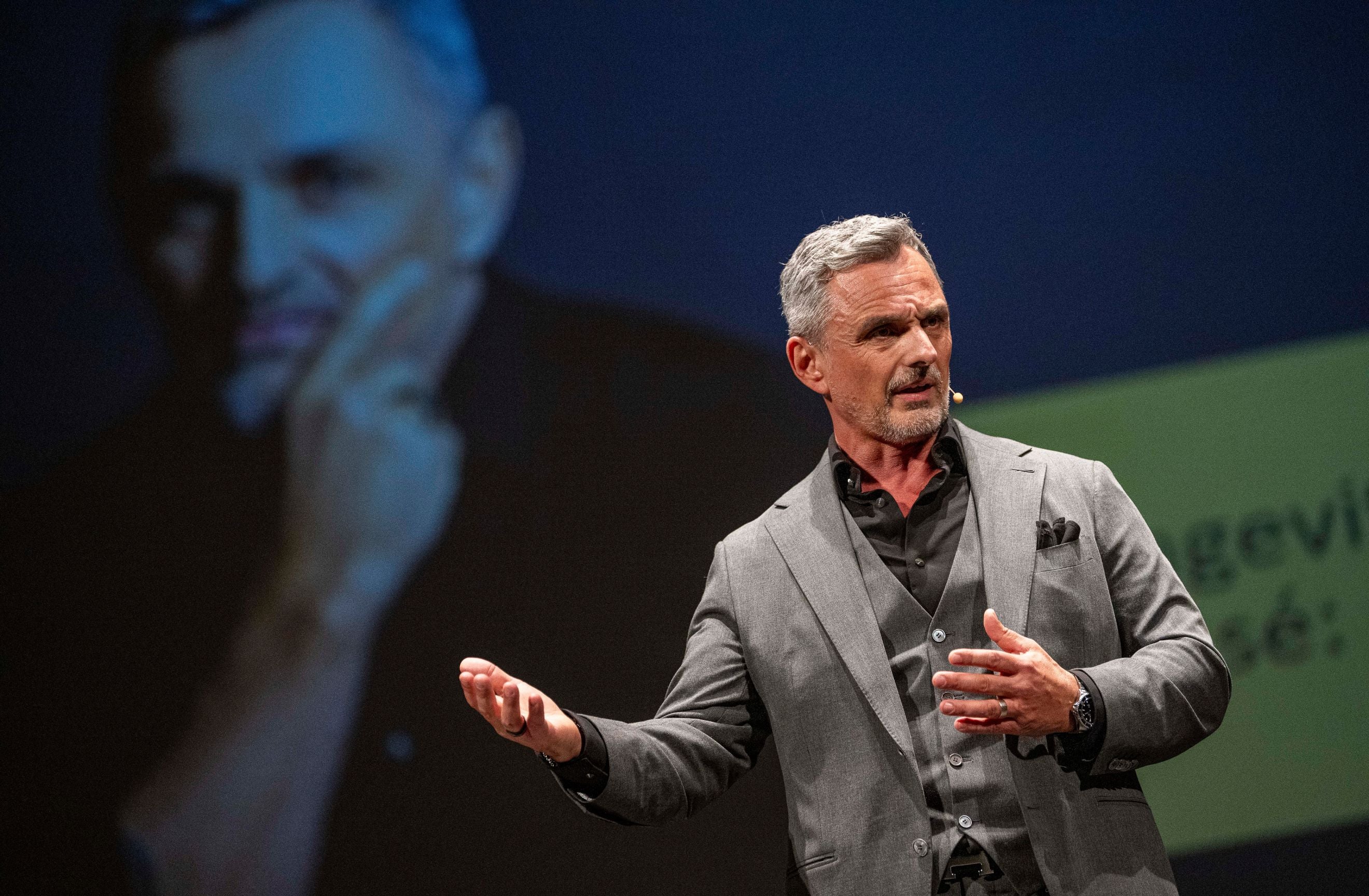
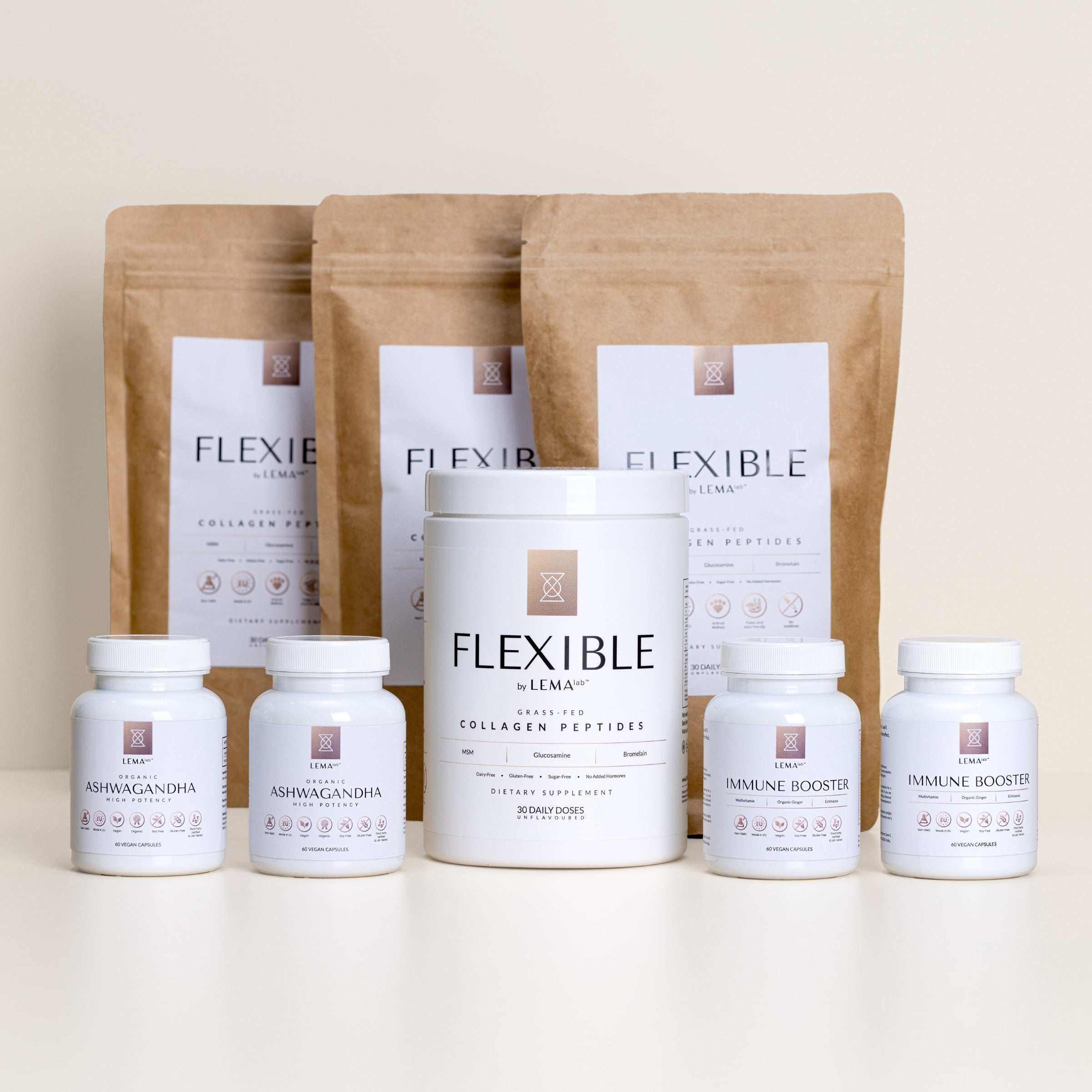
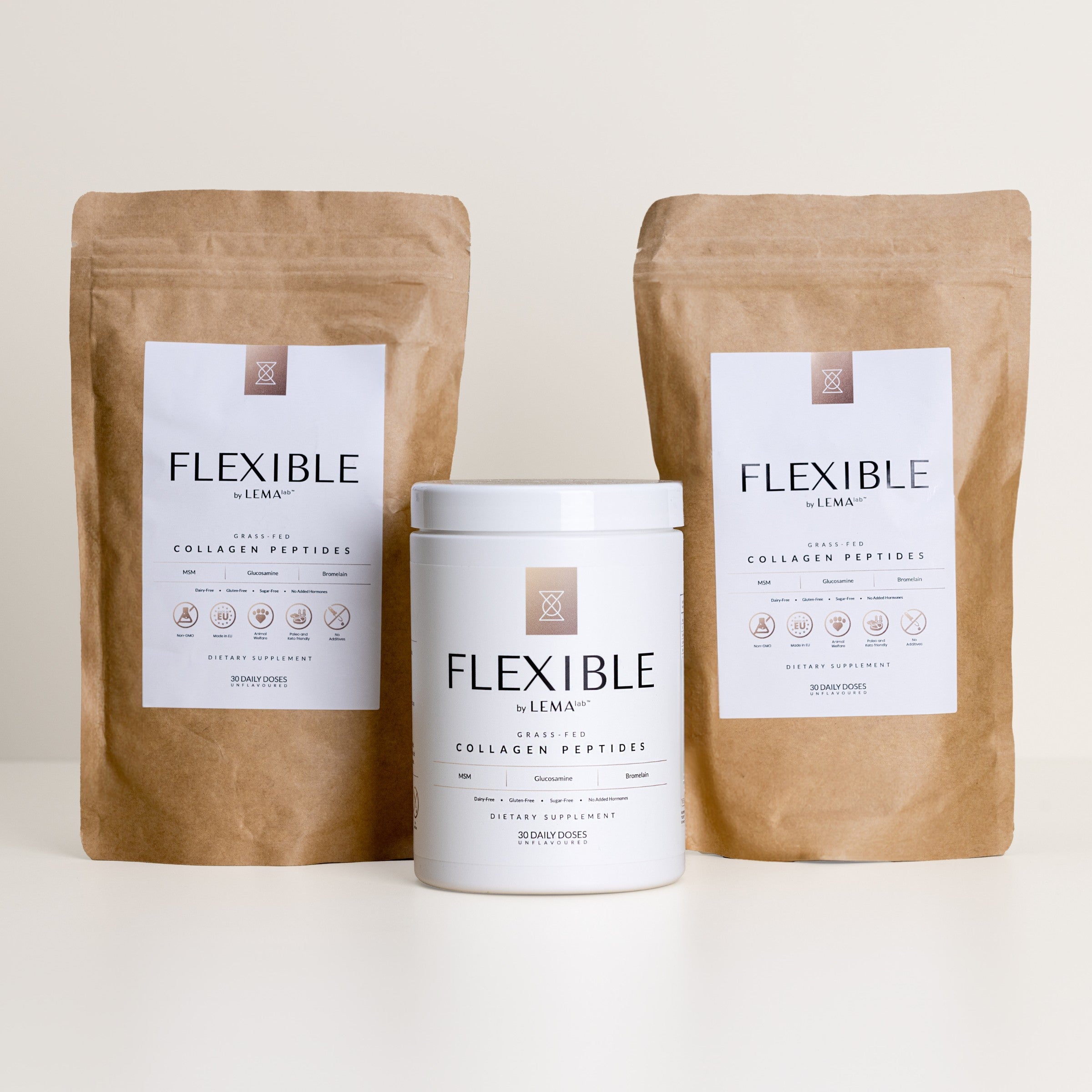

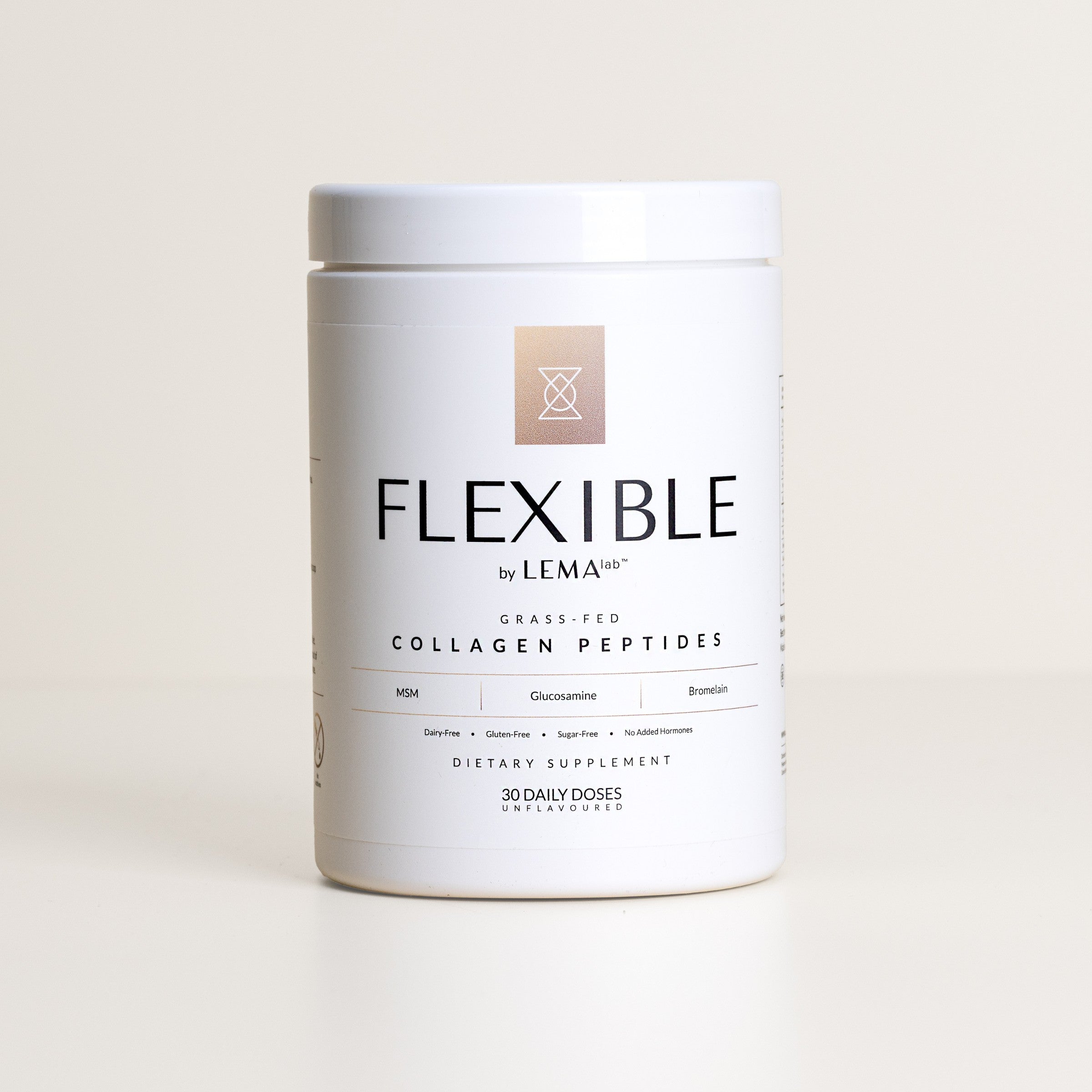
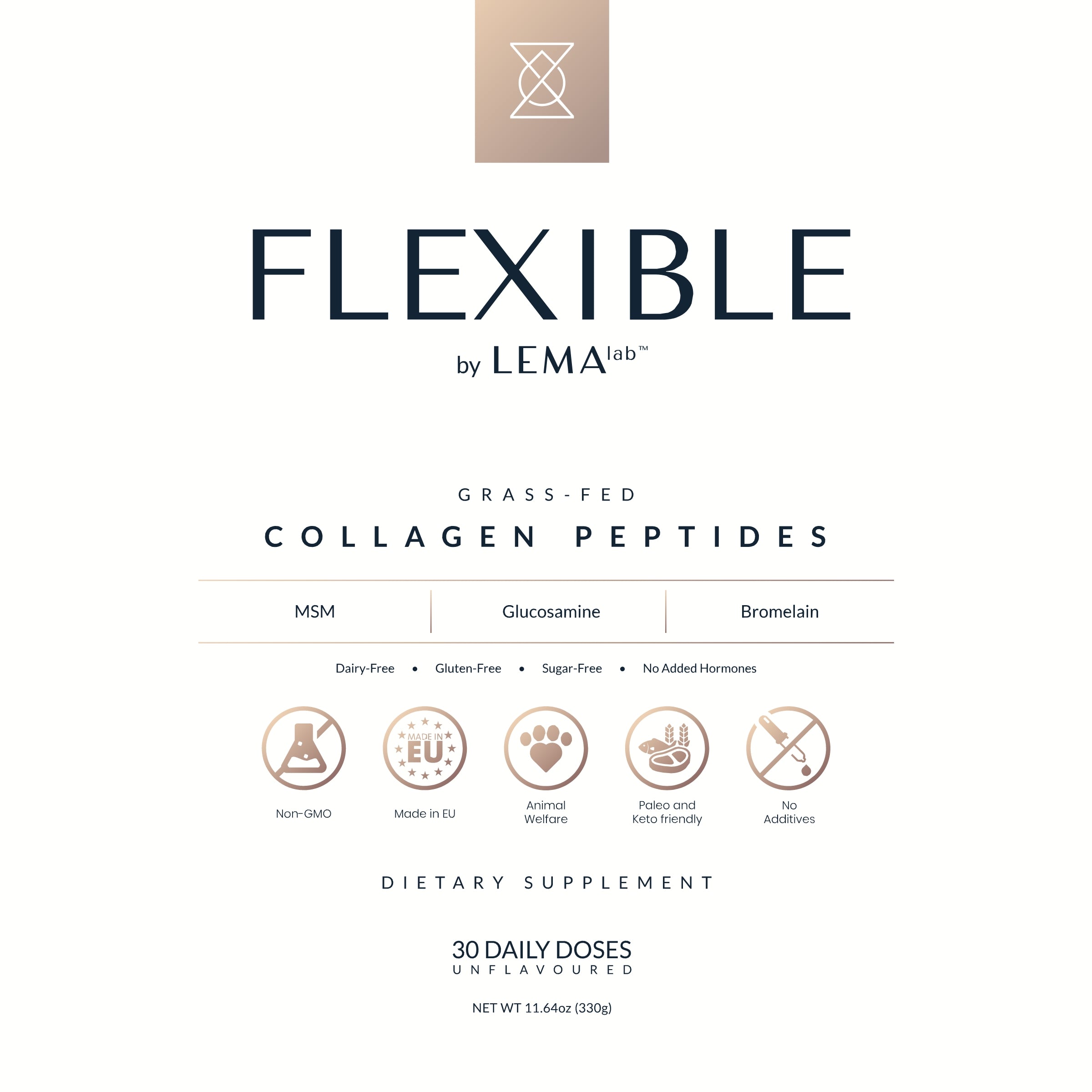
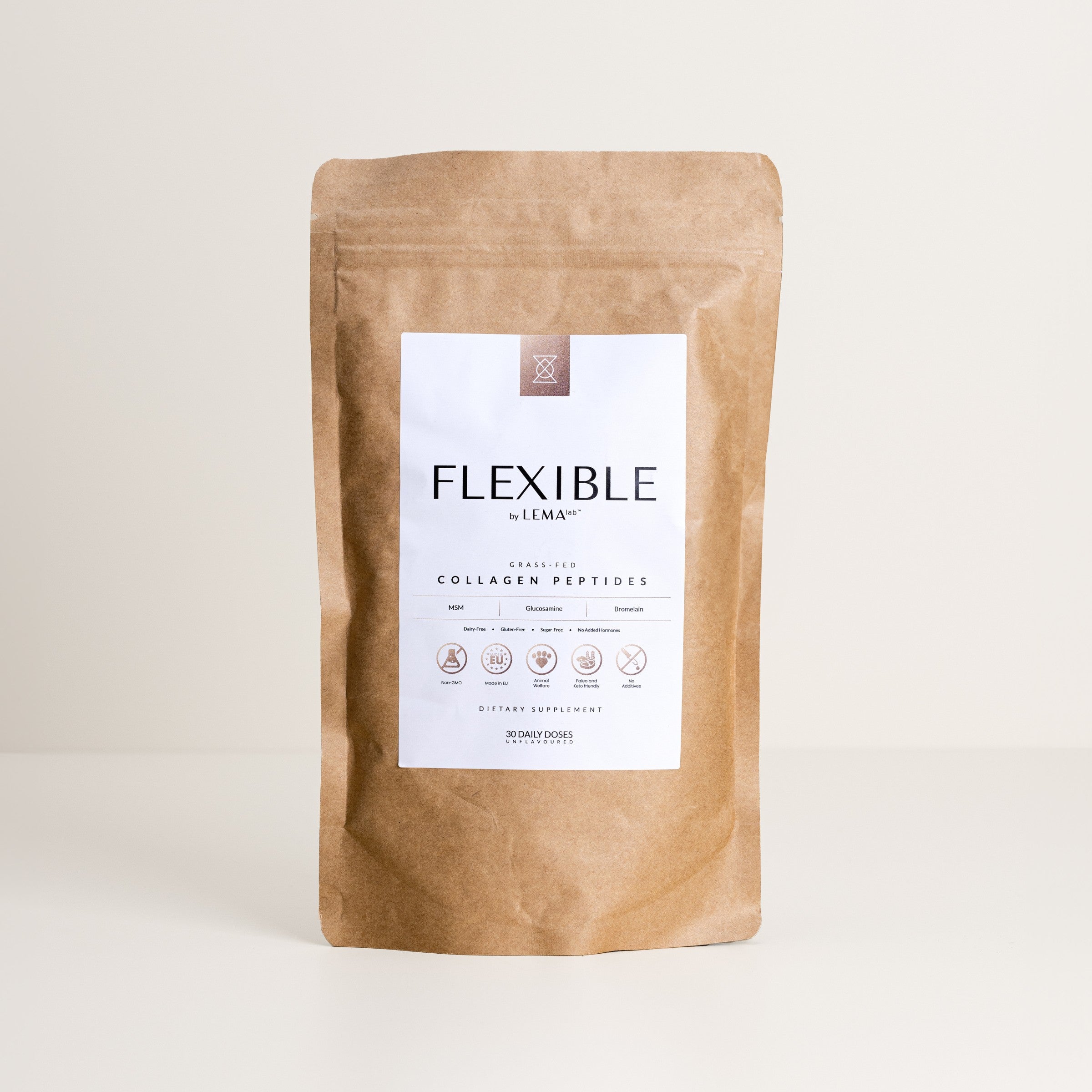
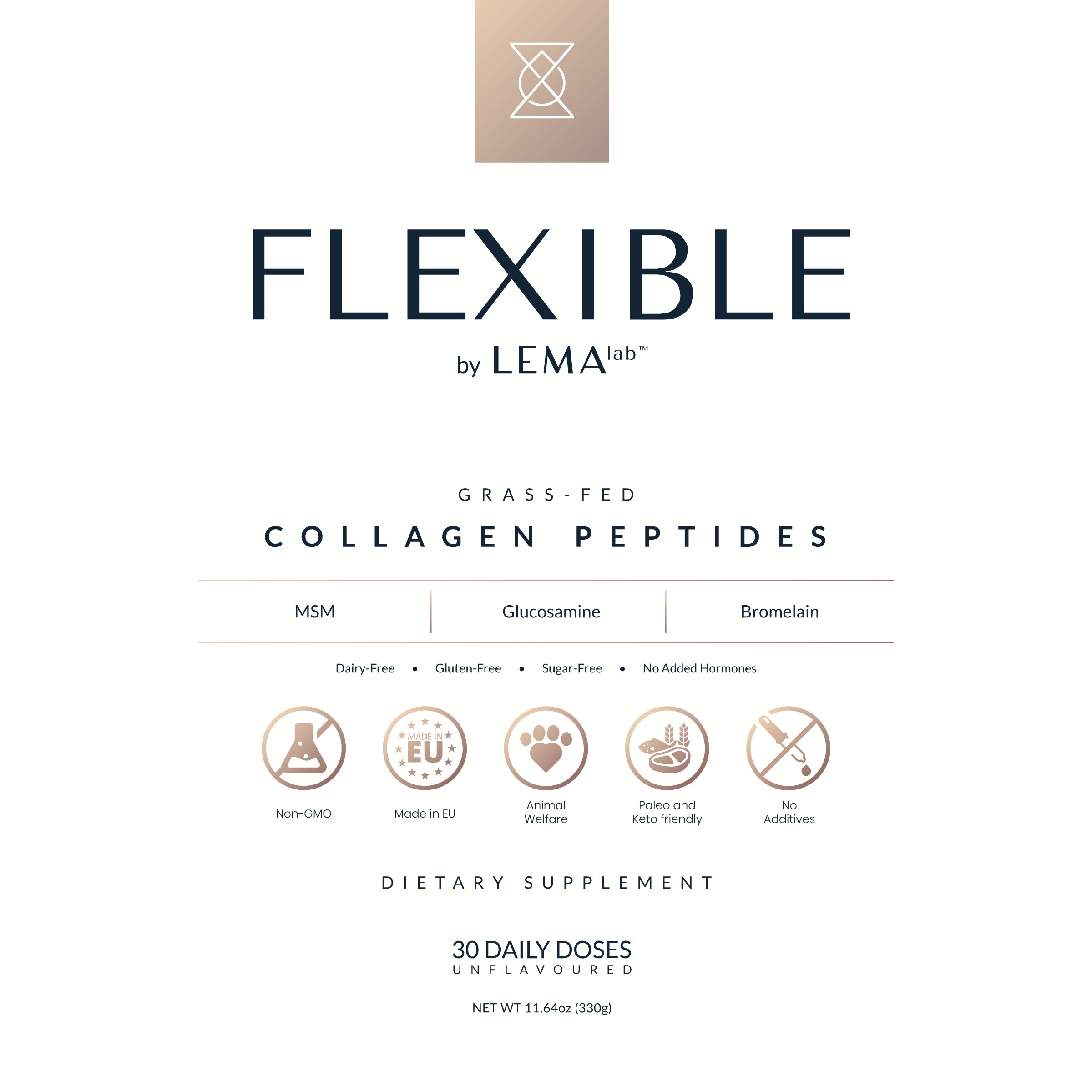
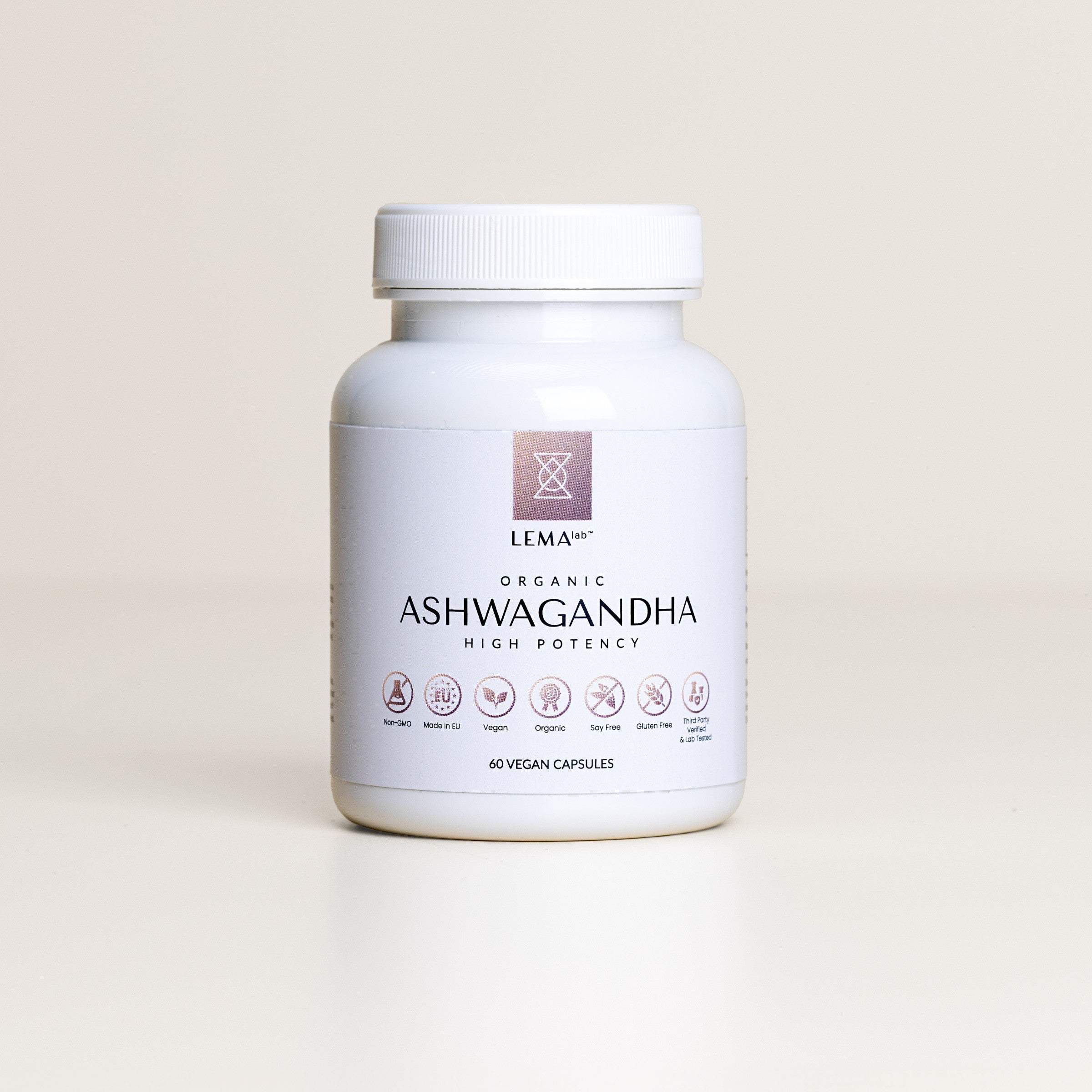

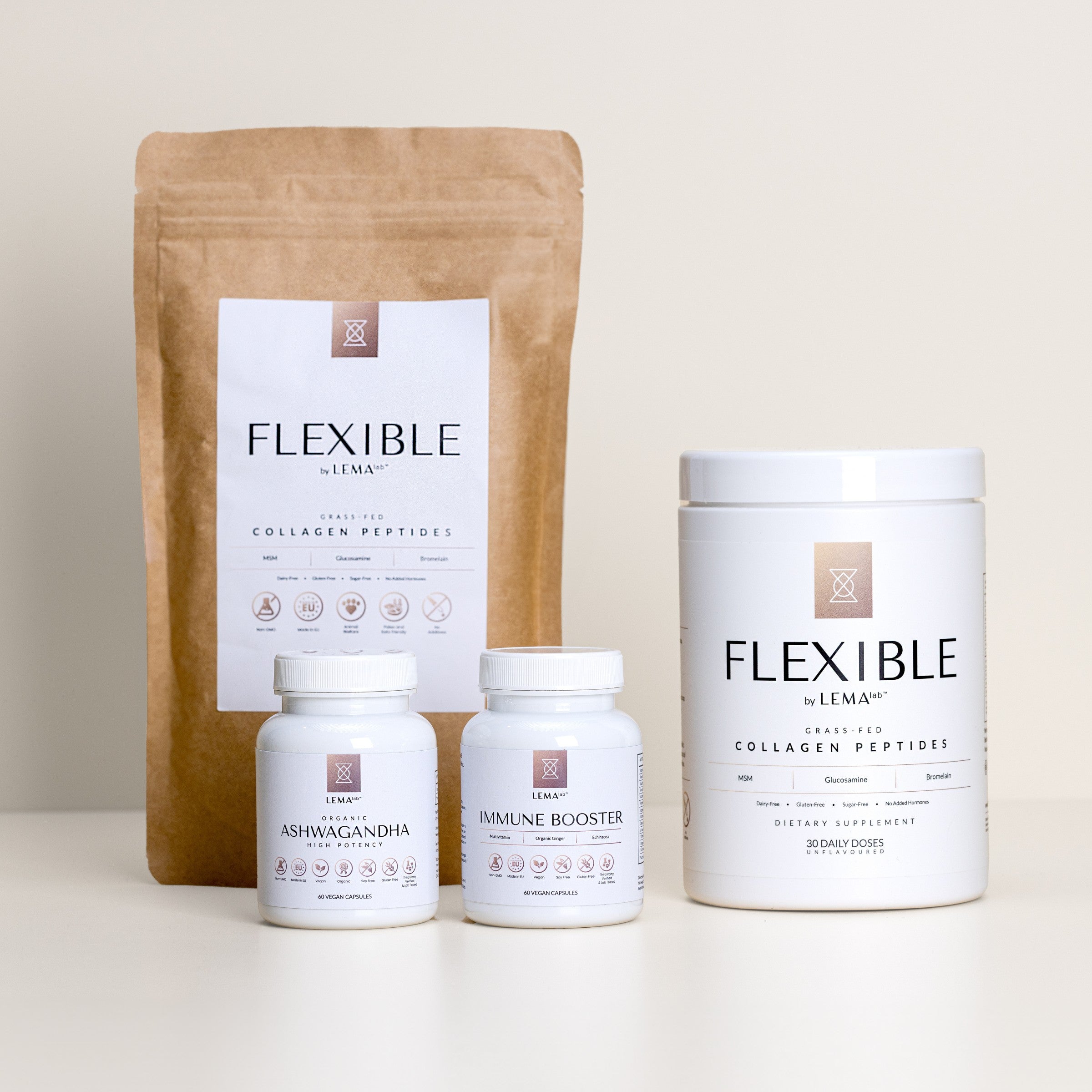
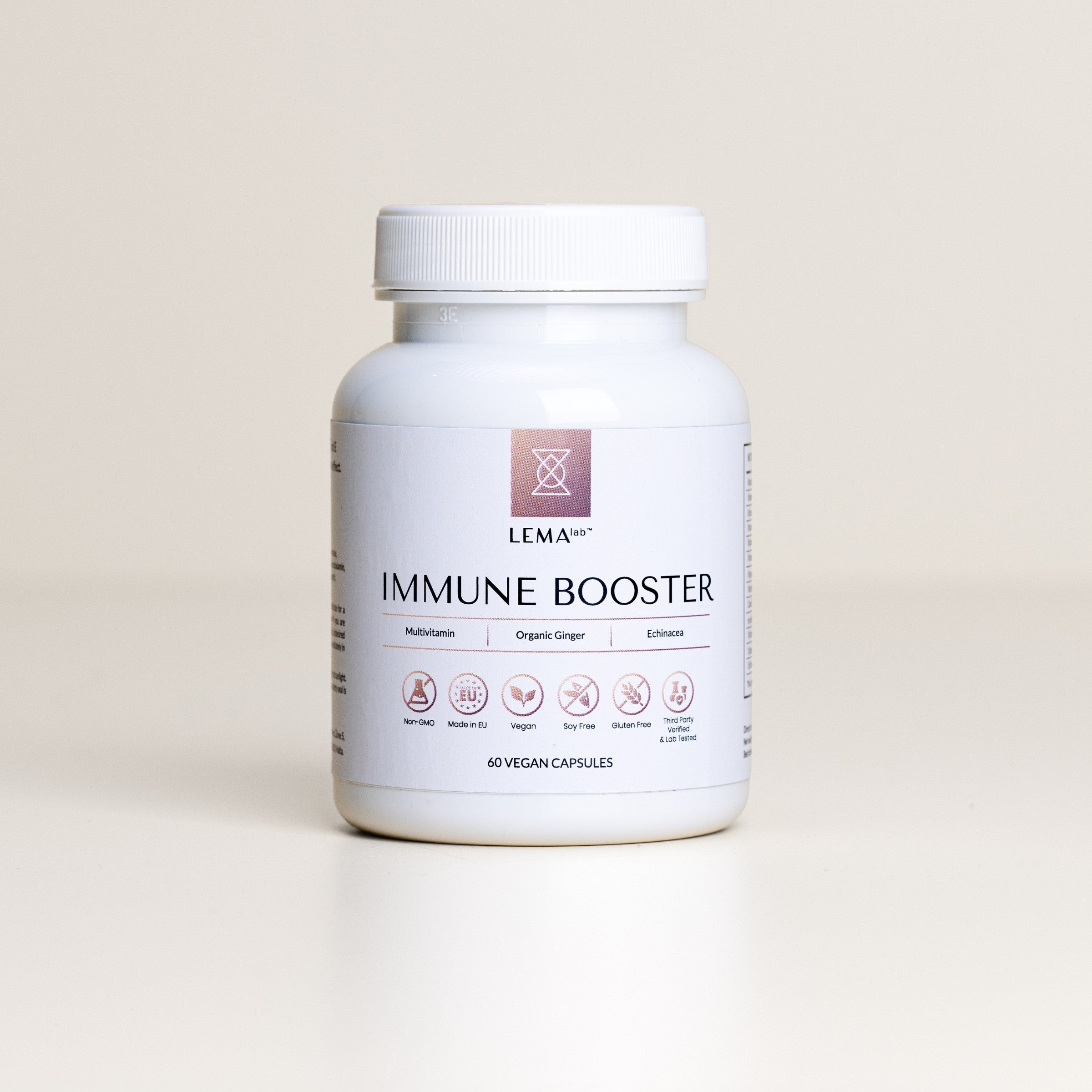
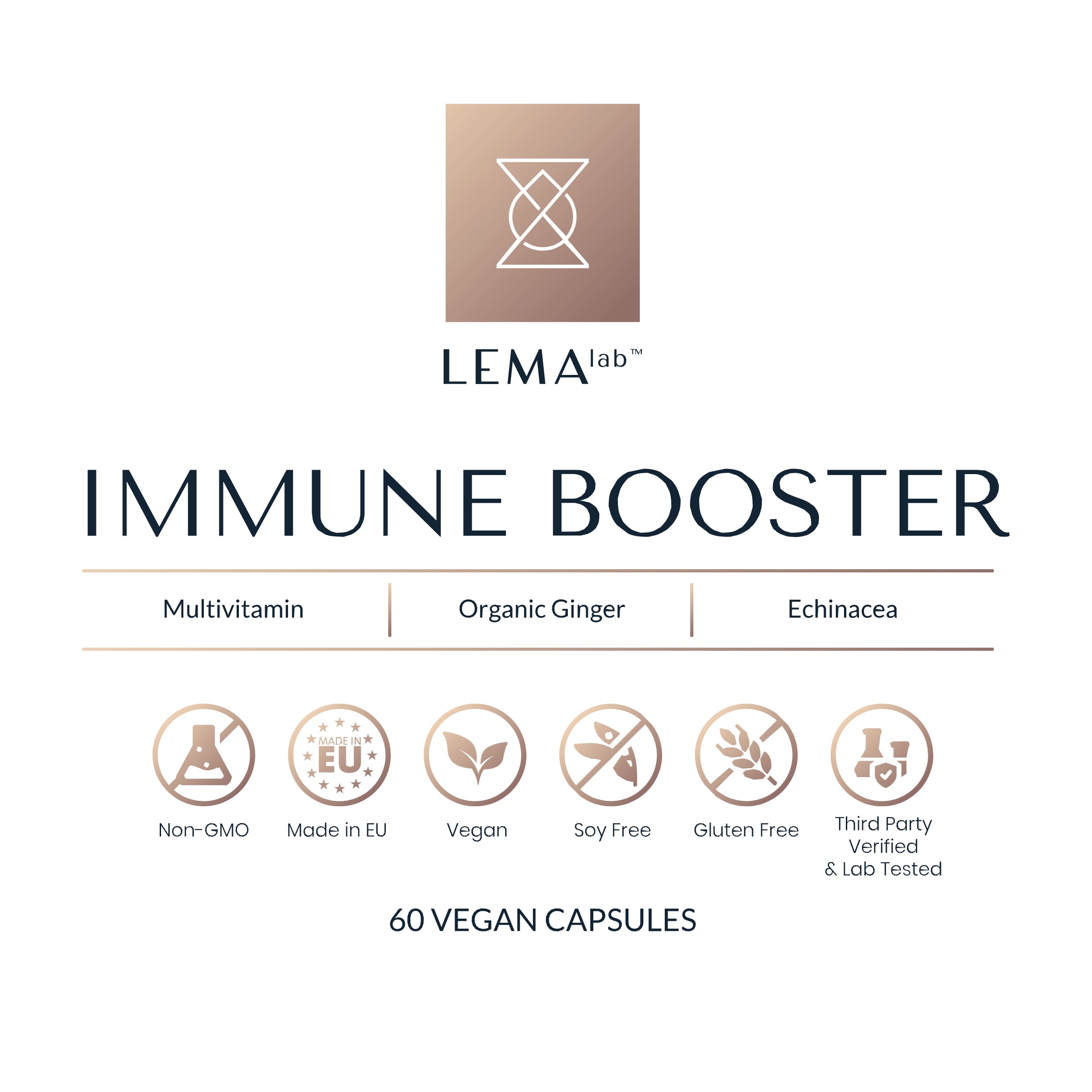
Leave a comment
This site is protected by hCaptcha and the hCaptcha Privacy Policy and Terms of Service apply.